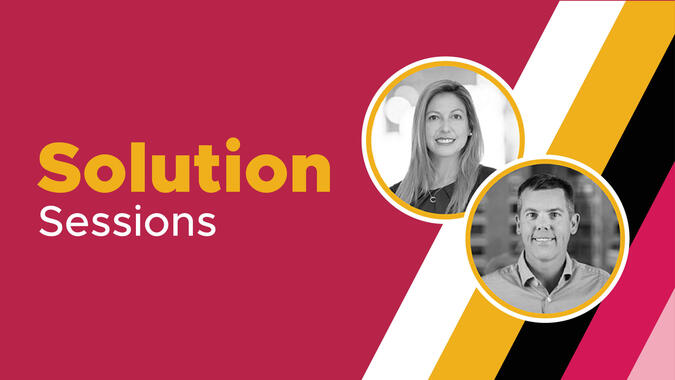
Understanding the Millennial Not-for-Profit Supporter
- Published
- Mar 23, 2017
- By
- Jimmy Mo
- Share
Millennials, those born in the early 1980s, are crucial to the future success of not-for-profits. They currently comprise of 80 million people who possess the most buying power of any generation. And even though in terms of average individual donations they don’t yet rank with Boomers and Gen Xers, Millennials will one day be not-for-profit board members, leaders and large contributors. Here are a few things to keep in mind when cultivating this increasingly influential group.
Technology
You have to go where your donors are, and for millennials that is online
- Website – It cannot just be a static e-brochure. It needs to be updated regularly for this audience and include informative, engaging content with plenty of eye-catching visuals (e.g., videos) and proof of results
- Mobile – It’s imperative, repeat: imperative, that your online presence is created for mobile devices. Most people, particularly Millennials, get their information via their smartphones. If you’re not on mobile, you’re at a severe disadvantage.
- Social Media – Millennials live on Twitter, Facebook, LinkedIn, Snapchat, Instagram and a host of other sites. While you don’t, and can’t, be everywhere, pick a few key platforms. Commit to posting regularly: at least daily, if not hourly. Mix it up. Include posts of programs, events, and employee or donor stories. Be fun as well as informative.
Community
You should to create a sense of community among your Millennial supporters. This may include creating an online chat group such as “Gen Why” where this demographic can share success stories, fundraising ideas and affirmation. Black tie gala not feasible for a group inundated with college debt? Perhaps hold a monthly “Young Supporters” breakfast at the local diner.
The goal is to get them to share causes they care about with others in their personal or professional orbits. It’s not about writing a check every now and then, it’s about integrating the cause into their lifestyles.
The search for community has given rise to various charities going into the workplace and holding service days that benefit the communities in which employees live and work. You may have seen where company staff paint the local animal shelter or package food at the county foodbank. Millennials take great pride in seeing that their employers are socially responsible.
Custom Experience
By and large, Millennials support causes, not organizations. If they find a not-for-profit that is taking on an issue that’s near and dear to their hearts more effectively than your organization, they won’t hesitate to jump ship.
Separate your organization from the pack by creating a custom experience that meets Millennials’ lifestyles. It could be a mix of donating, volunteering, or being an online advocate. Because time is a precious commodity to Millennials, use it wisely. Make it quick and easy for Millennials to get information, donate, communicate, and so on.
Donations
This echoes much of what’s been said above. Make it simple to donate; leverage technology (have an app for mobile devices that accepts secured donations); offer a variety of options.
Get creative. After the 2010 earthquake in Haiti, people could text a $10 donation to the Red Cross. This marriage of convenience and technology netted $43 million for the victims. Each year, the annual #GivingTuesday campaign right after Thanksgiving creates broad awareness that helped raise $48 million in 2016.
Finally, don’t discount some of the traditional, high-value fundraising methods that may skew older, such as matching donations at work, automatic monthly donations and estate planning.
Transparency
Because of their passion, Millennials want to see the results of their participation. Mailing a check and hoping for the best isn’t good enough. They want to see a video on the organization’s website of children getting inoculations, pets getting adopted, or the elderly getting meals delivered. They’ll gladly share these videos with their peers and no doubt take great joy in the subsequent “likes” and “retweets.”
The Proof
You’ve heard of the legendary ALS Ice Bucket Challenge? It’s the one where people shared more than 2 million videos on Facebook and mentioned it 2 million times on Twitter. It also exceeded $115 million in donations. Why was it so successful?
While not intended specifically for Millennials, it had many elements that appeal to this group. Technology made it very easy to participate. People could customize it into a fun experience that they shared with their community. And even if you didn’t donate, which most people didn’t, you felt you made a difference by the act of participating and sharing.
Millennials have gotten some knocks. But this is a group that does care about social issues. It came of age during wars, natural disasters and economic upheaval. They want to help. We just have to set the stage for success.
What's on Your Mind?
Start a conversation with Jimmy
Receive the latest business insights, analysis, and perspectives from EisnerAmper professionals.










